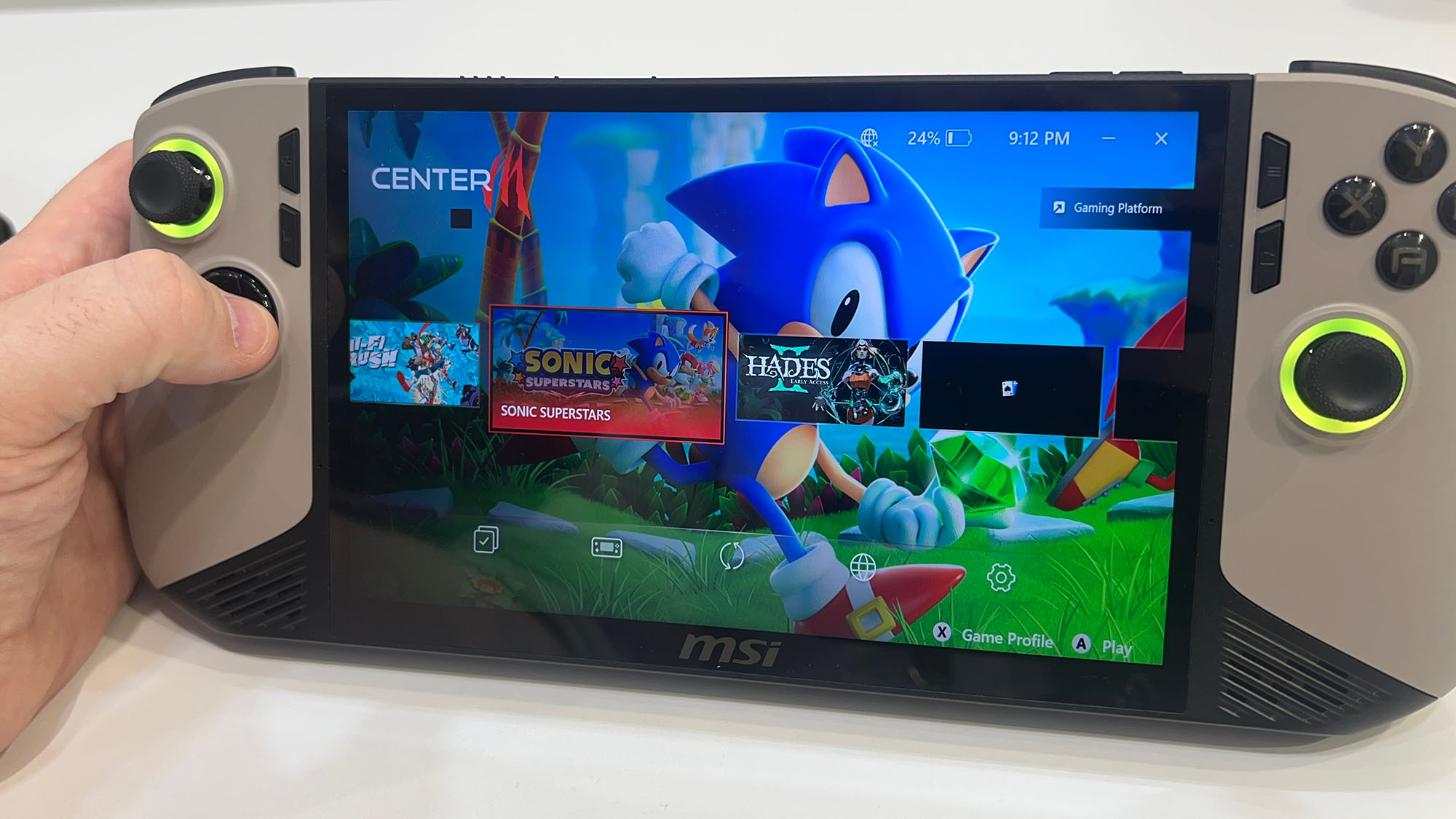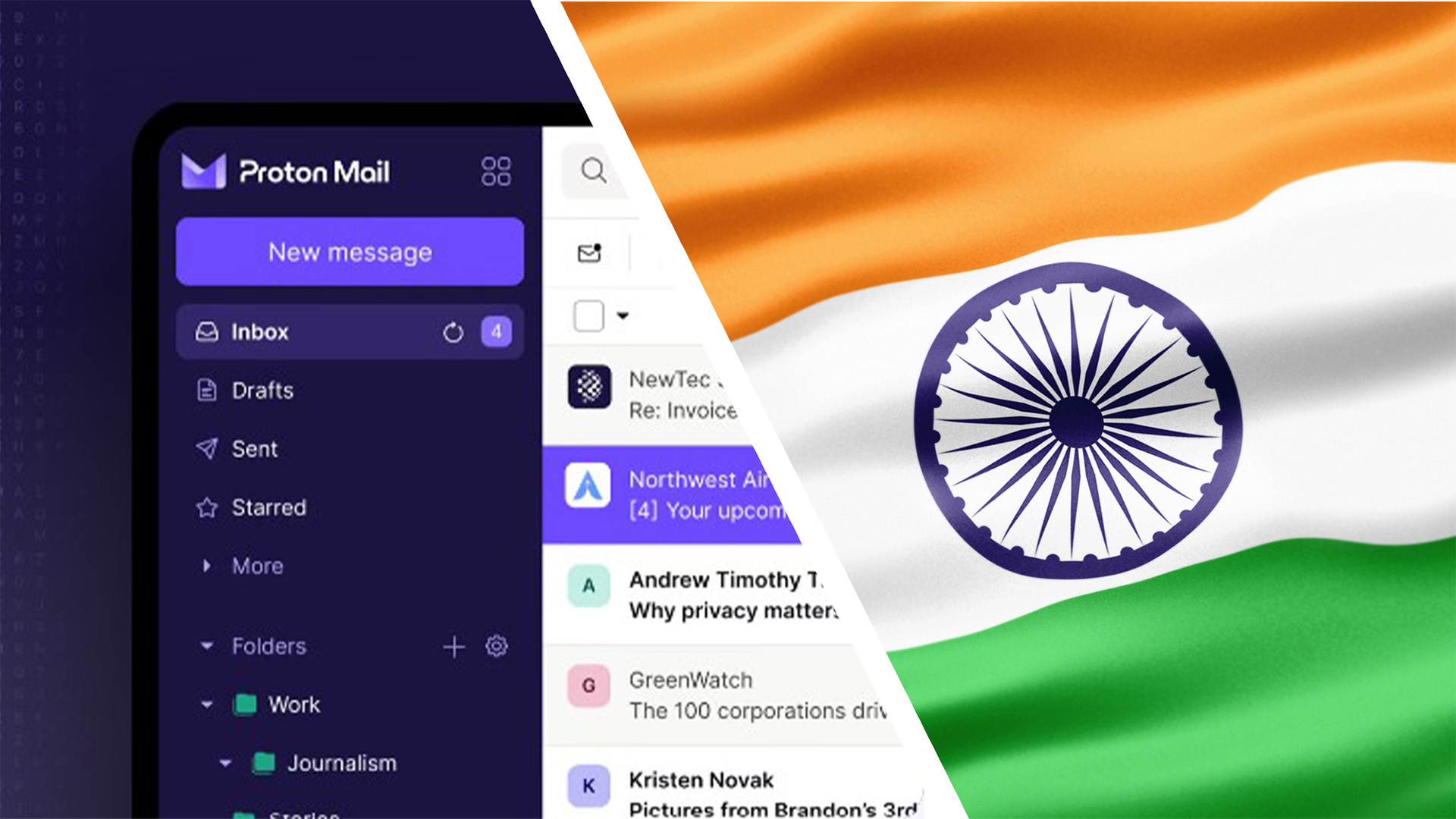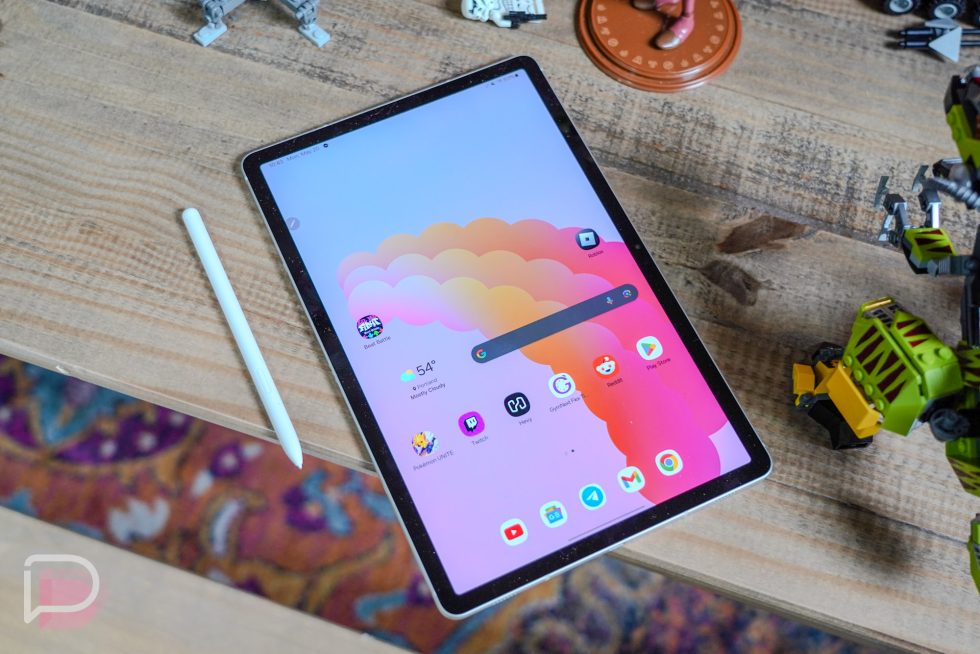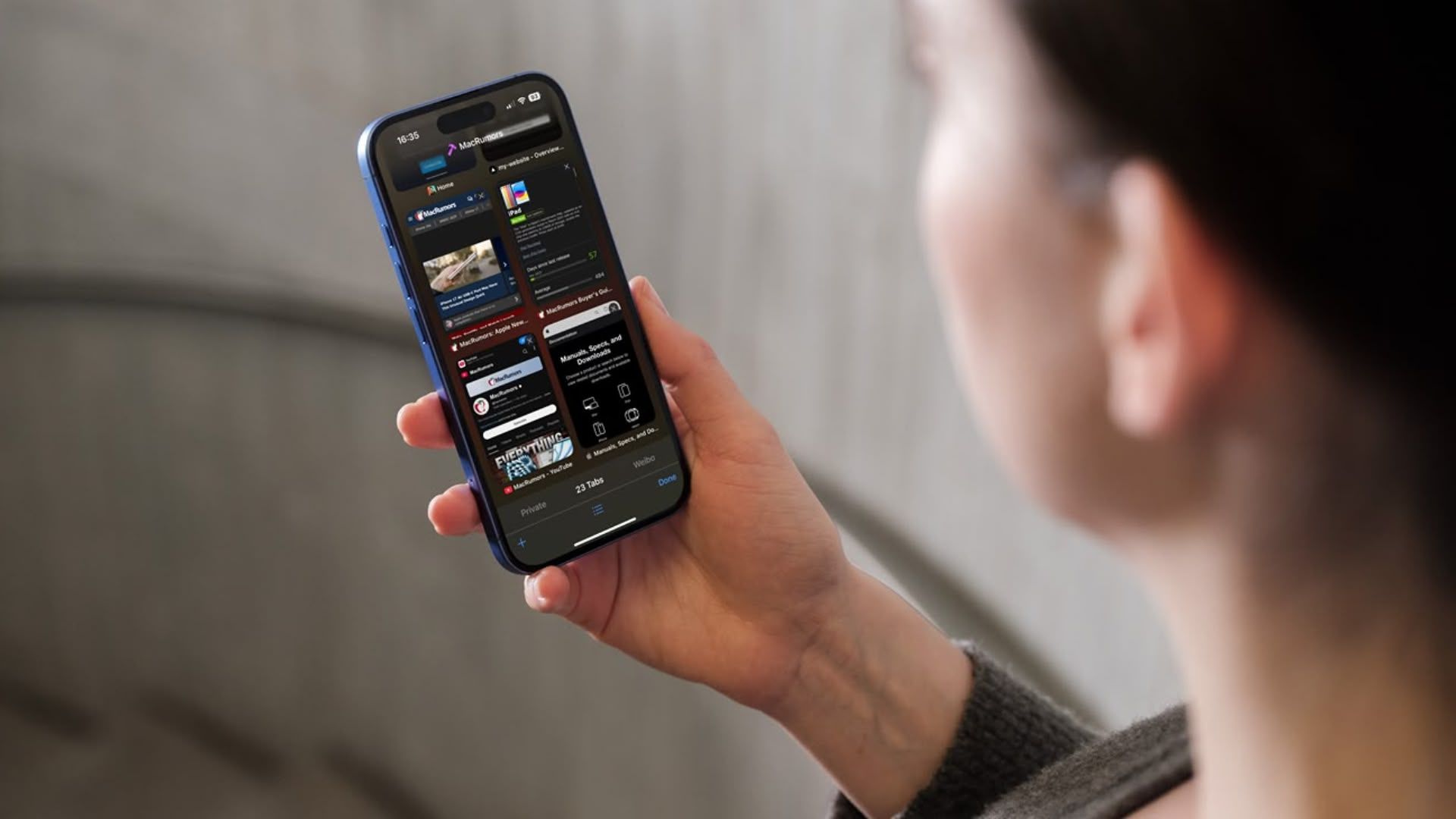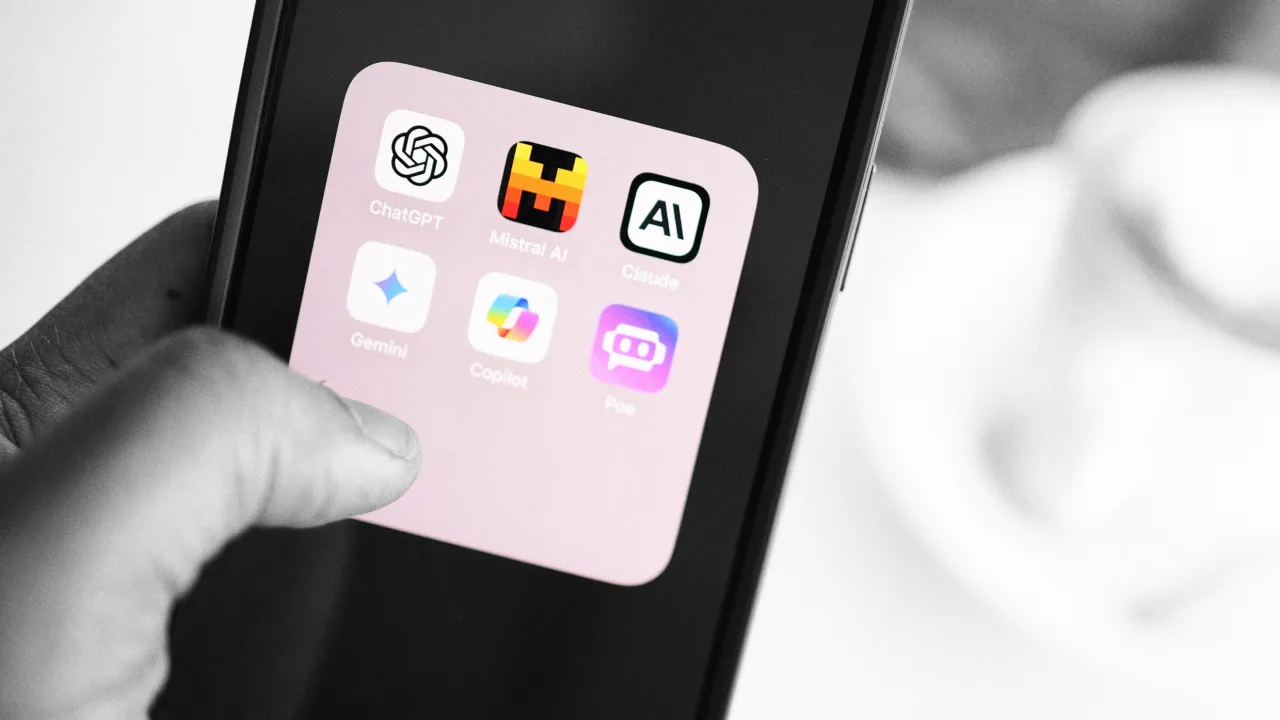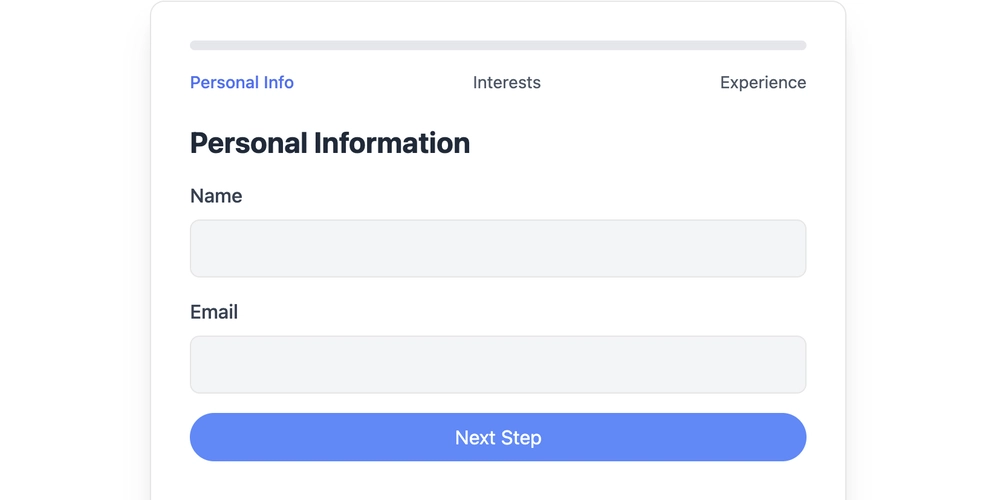Why Your .NET MAUI Mobile App Might Break Sooner Than You Think (And How to Fix It Early
Cross-platform development with .NET MAUI is one of the most exciting shifts in mobile engineering right now. Write once, run anywhere — Android, iOS, Windows, and macOS — all from a shared codebase. But while building is easier than ever, testing across native environments? Still tricky. The Catch with Native Code in .NET MAUI .NET MAUI offers a unified framework, but many real-world apps eventually rely on native modules — a custom camera handler, a platform-specific SDK, or something like biometric auth. These are often wrapped via dependency injection or platform-specific services. The problem? Testing them requires more than just hitting "Run." You need access to actual devices, version-specific testing, and a quick way to verify functionality without rebuilding the whole app each time. Developers Are Finding Creative Workarounds Many teams are now isolating their native modules and previewing them independently of the full app, often using lightweight tools that simulate or stream native flows directly into a browser. This approach speeds up feedback and can catch integration issues early on. It’s especially useful when working with multiple stakeholders or SDKs — saving time during QA or while onboarding third-party tools. One such tool that quietly stands out in this space is NativeBridge, used by some developers to test native SDK behavior without full compilation. While it's not tied to .NET MAUI specifically, it can help during early module development when tight iteration cycles matter. Why This Matters Cross-platform tools like MAUI are closing the gap between native and web, but the native layer still exists — and if it breaks, it breaks your app. Whether you're testing a login flow, previewing an SDK demo, or just validating that biometric fallback works as expected, keeping native testing agile is part of building better apps. TL;DR: Think Beyond the Codebase .NET MAUI helps you build more, faster. But testing, especially at the native layer, needs just as much attention. Tools that reduce setup and support faster iteration, even for small isolated flows, are quietly becoming essential to modern mobile development.
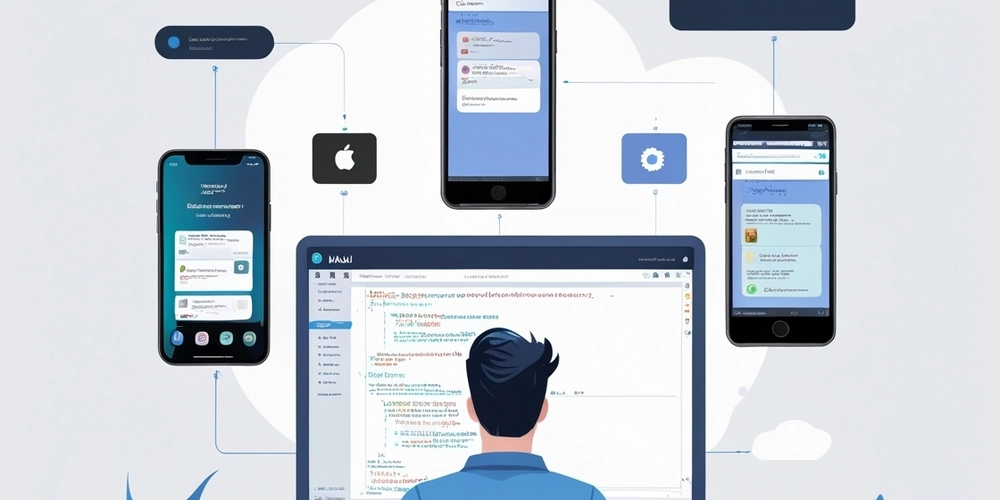
Cross-platform development with .NET MAUI is one of the most exciting shifts in mobile engineering right now. Write once, run anywhere — Android, iOS, Windows, and macOS — all from a shared codebase. But while building is easier than ever, testing across native environments? Still tricky.
The Catch with Native Code in .NET MAUI
.NET MAUI offers a unified framework, but many real-world apps eventually rely on native modules — a custom camera handler, a platform-specific SDK, or something like biometric auth. These are often wrapped via dependency injection or platform-specific services.
The problem? Testing them requires more than just hitting "Run."
You need access to actual devices, version-specific testing, and a quick way to verify functionality without rebuilding the whole app each time.
Developers Are Finding Creative Workarounds
Many teams are now isolating their native modules and previewing them independently of the full app, often using lightweight tools that simulate or stream native flows directly into a browser. This approach speeds up feedback and can catch integration issues early on.
It’s especially useful when working with multiple stakeholders or SDKs — saving time during QA or while onboarding third-party tools.
One such tool that quietly stands out in this space is NativeBridge, used by some developers to test native SDK behavior without full compilation. While it's not tied to .NET MAUI specifically, it can help during early module development when tight iteration cycles matter.
Why This Matters
Cross-platform tools like MAUI are closing the gap between native and web, but the native layer still exists — and if it breaks, it breaks your app.
Whether you're testing a login flow, previewing an SDK demo, or just validating that biometric fallback works as expected, keeping native testing agile is part of building better apps.
TL;DR: Think Beyond the Codebase
.NET MAUI helps you build more, faster. But testing, especially at the native layer, needs just as much attention. Tools that reduce setup and support faster iteration, even for small isolated flows, are quietly becoming essential to modern mobile development.


















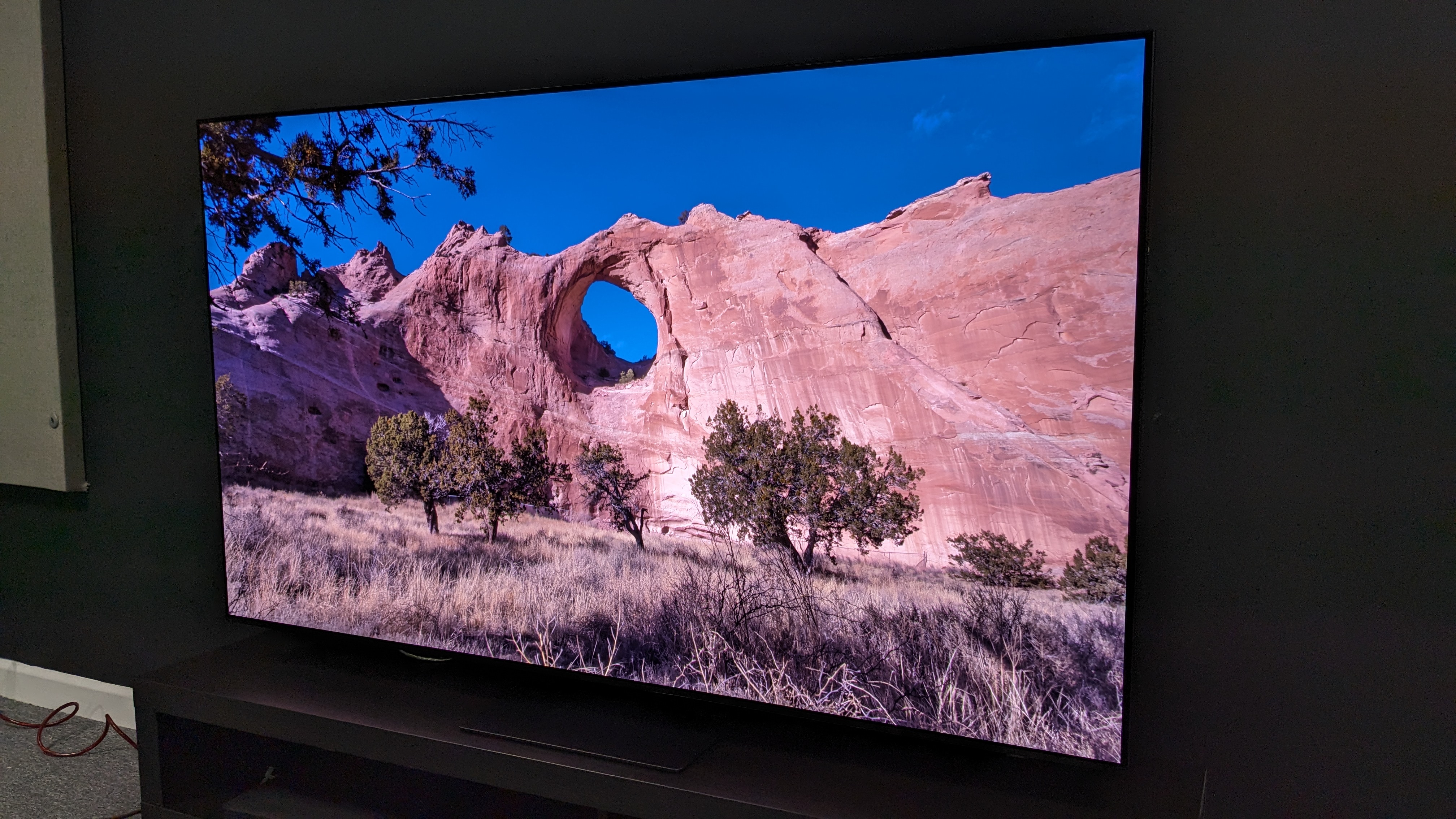











![[Free Webinar] Guide to Securing Your Entire Identity Lifecycle Against AI-Powered Threats](https://blogger.googleusercontent.com/img/b/R29vZ2xl/AVvXsEjqbZf4bsDp6ei3fmQ8swm7GB5XoRrhZSFE7ZNhRLFO49KlmdgpIDCZWMSv7rydpEShIrNb9crnH5p6mFZbURzO5HC9I4RlzJazBBw5aHOTmI38sqiZIWPldRqut4bTgegipjOk5VgktVOwCKF_ncLeBX-pMTO_GMVMfbzZbf8eAj21V04y_NiOaSApGkM/s1600/webinar-play.jpg?#)





































































































































![[The AI Show Episode 145]: OpenAI Releases o3 and o4-mini, AI Is Causing “Quiet Layoffs,” Executive Order on Youth AI Education & GPT-4o’s Controversial Update](https://www.marketingaiinstitute.com/hubfs/ep%20145%20cover.png)
















































































































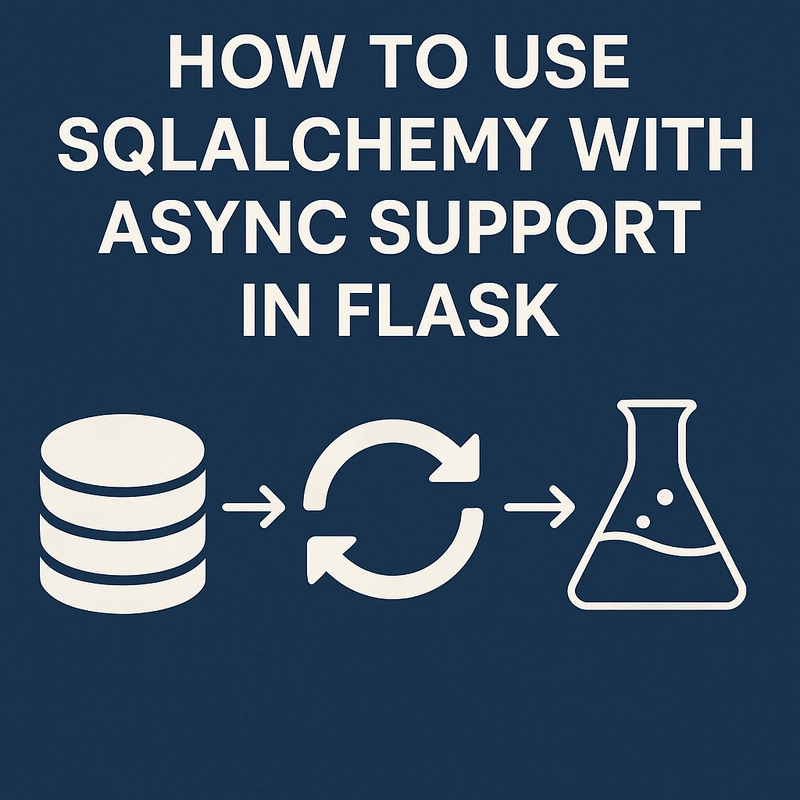


























































































































































_Jochen_Tack_Alamy.png?width=1280&auto=webp&quality=80&disable=upscale#)
















































































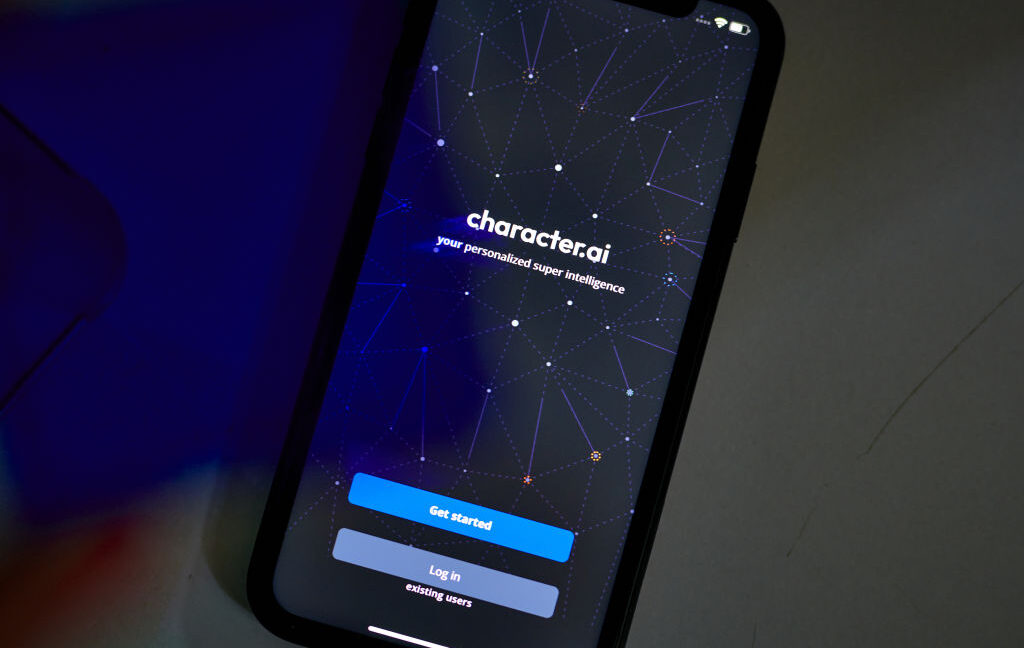



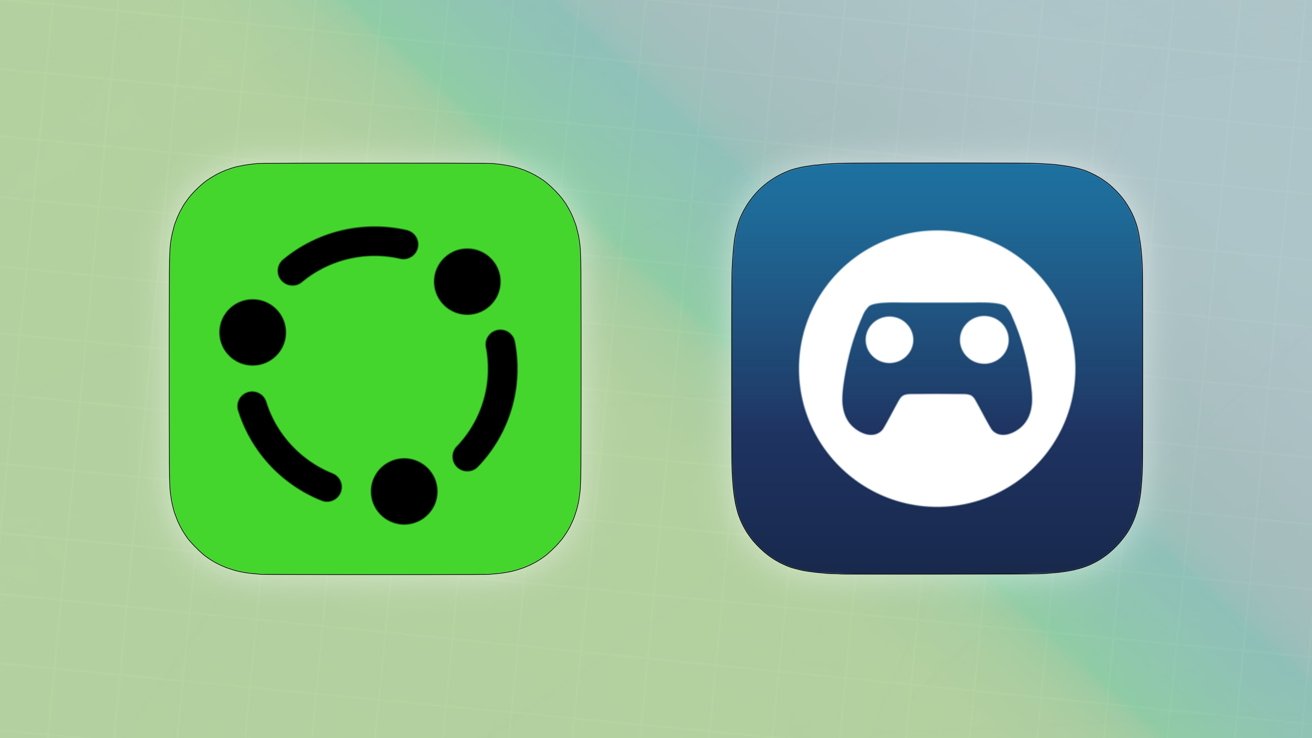








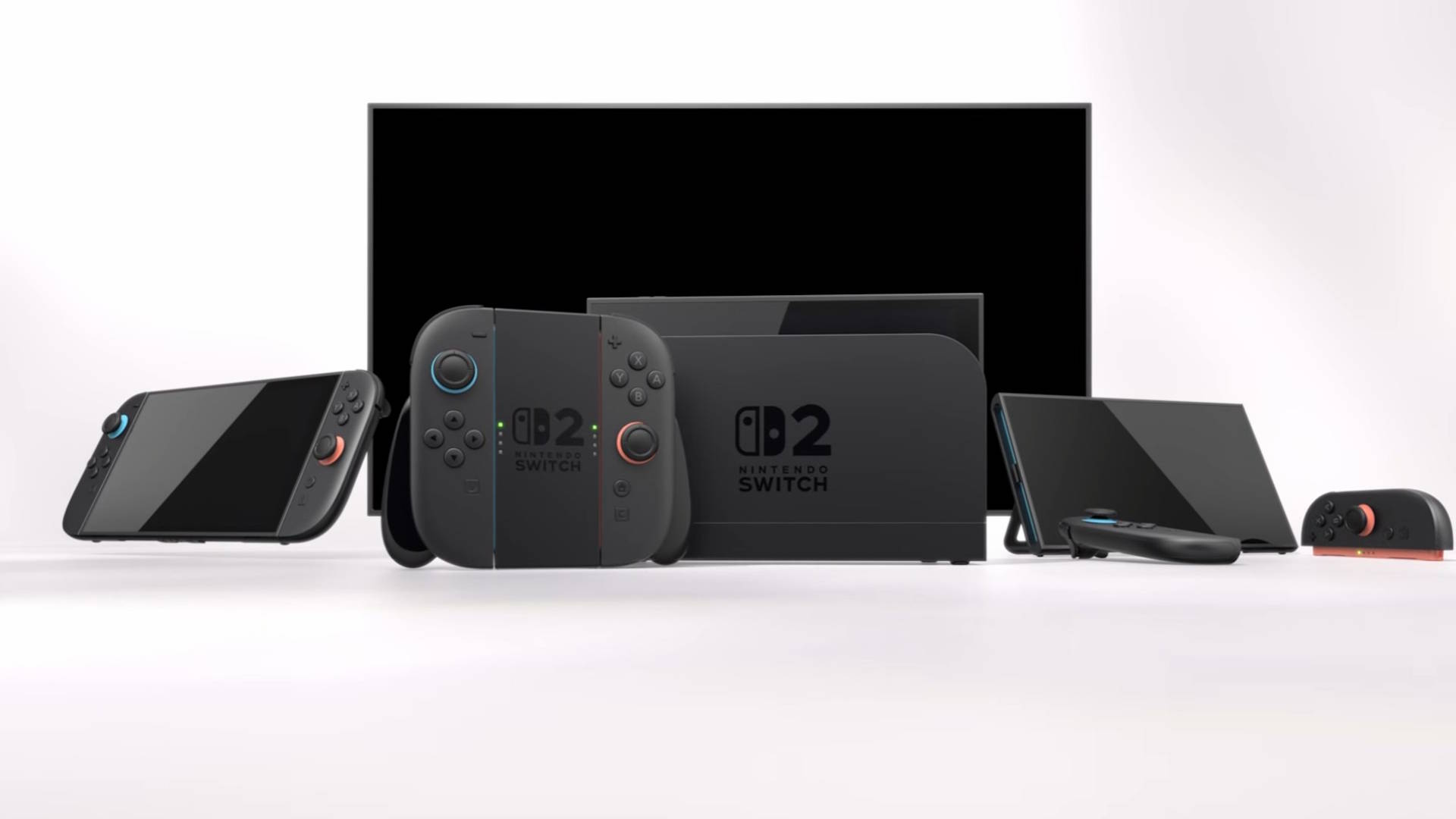

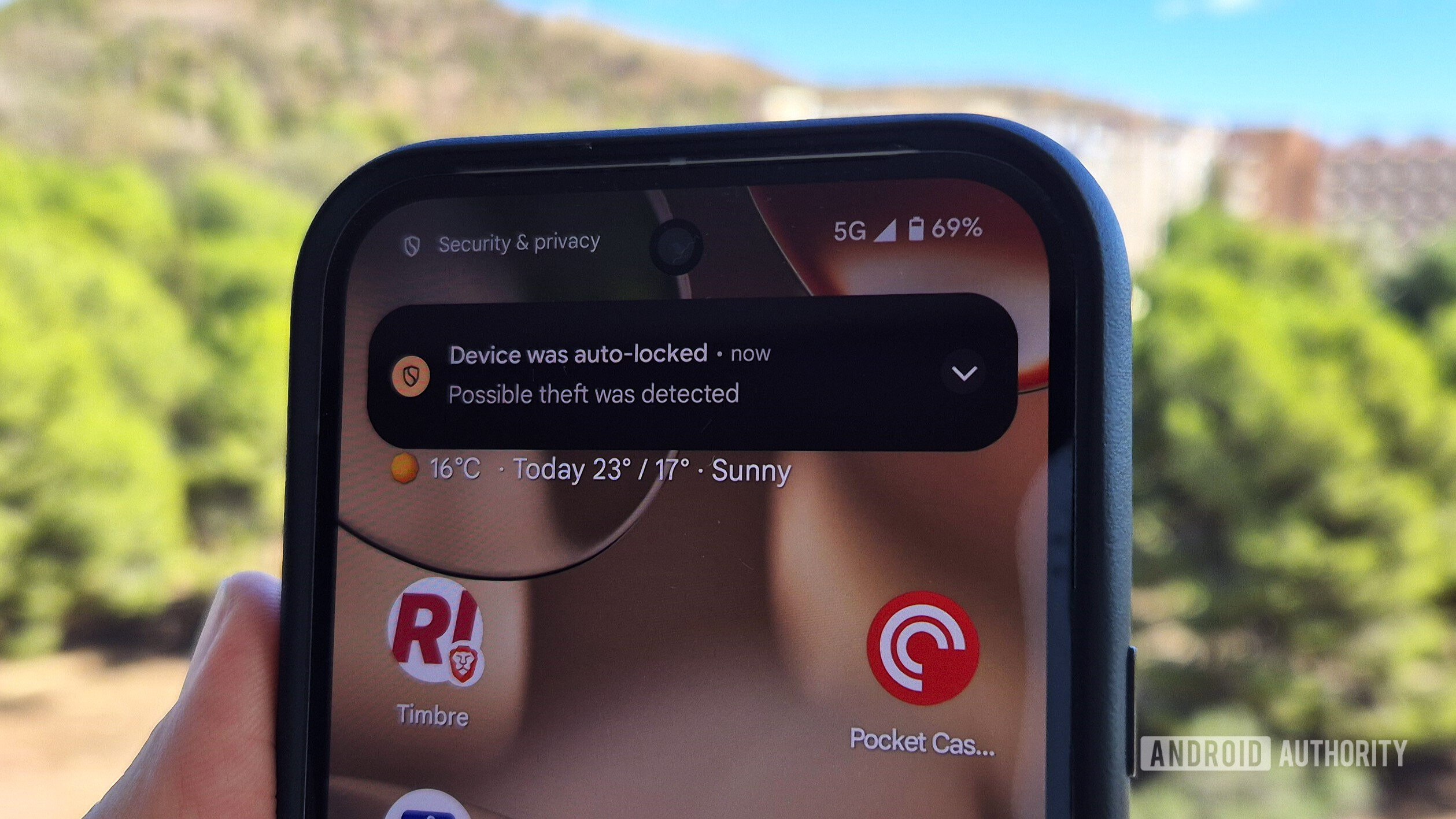



















![New Hands-On iPhone 17 Dummy Video Shows Off Ultra-Thin Air Model, Updated Pro Designs [Video]](https://www.iclarified.com/images/news/97171/97171/97171-640.jpg)
![Apple Shares Trailer for First Immersive Feature Film 'Bono: Stories of Surrender' [Video]](https://www.iclarified.com/images/news/97168/97168/97168-640.jpg)
![Apple Restructures Global Affairs and Apple Music Teams [Report]](https://www.iclarified.com/images/news/97162/97162/97162-640.jpg)
![New iPhone Factory Goes Live in India, Another Just Days Away [Report]](https://www.iclarified.com/images/news/97165/97165/97165-640.jpg)
















